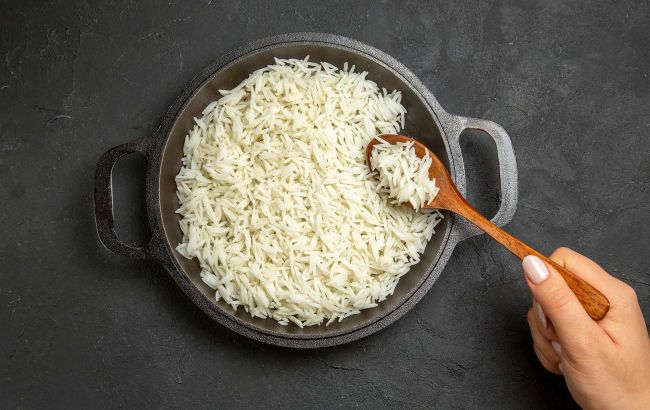9 chef tips for perfect rice
 How to cook rice so it doesn't stick (photo: Freepik)
How to cook rice so it doesn't stick (photo: Freepik)
If there is one product that can be found in almost every kitchen worldwide, it's rice. However, one of the most common problems many home cooks face is rice sticking together, leading to an imperfect texture, sticking to the pot, and burning. However, there are several ways to avoid this situation.
The nuances of cooking rice, according to Recipes.net.
Rinse the rice
Before cooking, it's important to thoroughly rinse the rice under cold water. This will help remove excess starch, which can contribute to sticking. Place the rice in a fine-mesh sieve or colander and rinse until the water runs clear.
Follow the rice-to-water ratio
The correct ratio of water to grains is crucial for achieving fluffy rice. For most types of rice, the general rule of thumb is to use a ratio of 1:2.
This means, for one cup of rice, you'll need two cups of water. Slightly adjust the ratio depending on the type of rice you're using, as some varieties may require more or less water (this information will be indicated on the packaging).
Soak the rice
If you have time, soak the rice for about 15-30 minutes before cooking to remove excess starch and prevent sticking.
This step is especially effective for long-grain rice varieties, such as Basmati or Jasmine. After soaking, remember to drain the water before cooking.
Choose the correct cooking method
There are several ways to cook rice, but some of them reduce the likelihood of it sticking.
On the stove
Use a pot with a thick bottom and a tight-fitting lid. Bring the rice and water to a boil, then reduce the heat to low, cover with the lid, and simmer until the liquid is absorbed.
Rice cooker
These convenient devices are specially designed to cook rice perfectly. Follow the manufacturer's instructions for the best results.
Pressure cooker
The pressure cooking function in a pressure cooker allows you to cook fluffy rice that won't stick.
Use the user manual or online resources for specific instructions on cooking rice according to the appliance model.
Add oil
If you're not using a non-stick pan, before adding the rice and water, carefully grease the bottom of the pan with a small amount of oil or butter.
This will create a kind of barrier and help prevent sticking and burning. Alternatively, you can add 1 tablespoon of oil during cooking or replace it with lemon.
Don't stir while cooking
Avoid constantly peeking or stirring, as this can make the rice sticky.
After the water has boiled, it's important to cook the rice tightly covered with a lid. This method helps ensure even cooking of the rice and prevents it from sticking.
Don't serve the rice immediately
When the rice is cooked, resist the temptation to eat it right away. Let it stand for about 5 minutes to steam and finish cooking.
This allows moisture to evenly distribute throughout the rice and reduces the likelihood of sticking.
Fluff the cooked rice with a fork
After the rice has steamed, fluff it with a fork, separating the grains. This will help prevent sticking and improve overall texture.
Avoid overcooking
Overcooking rice can lead to it becoming sticky. Monitor the cooking process closely, and as soon as you notice that the rice has become tender and all the water has been absorbed, remove it from the heat.
If kept on the heat for too long, it can easily become sticky.

